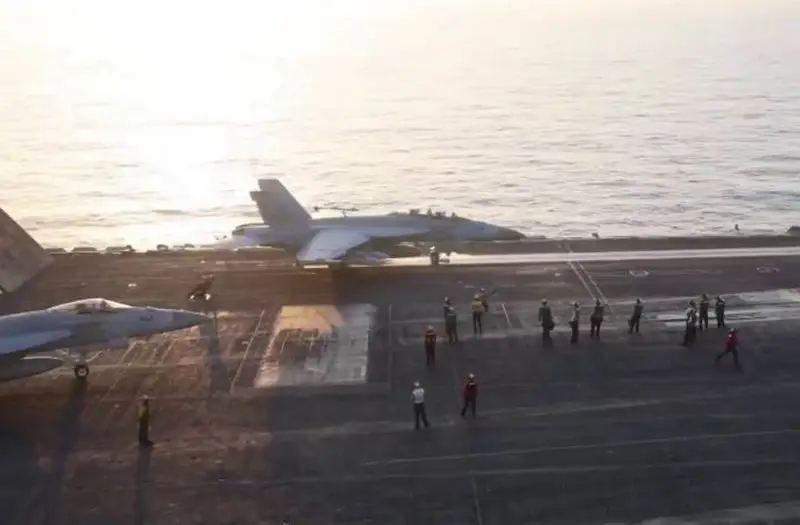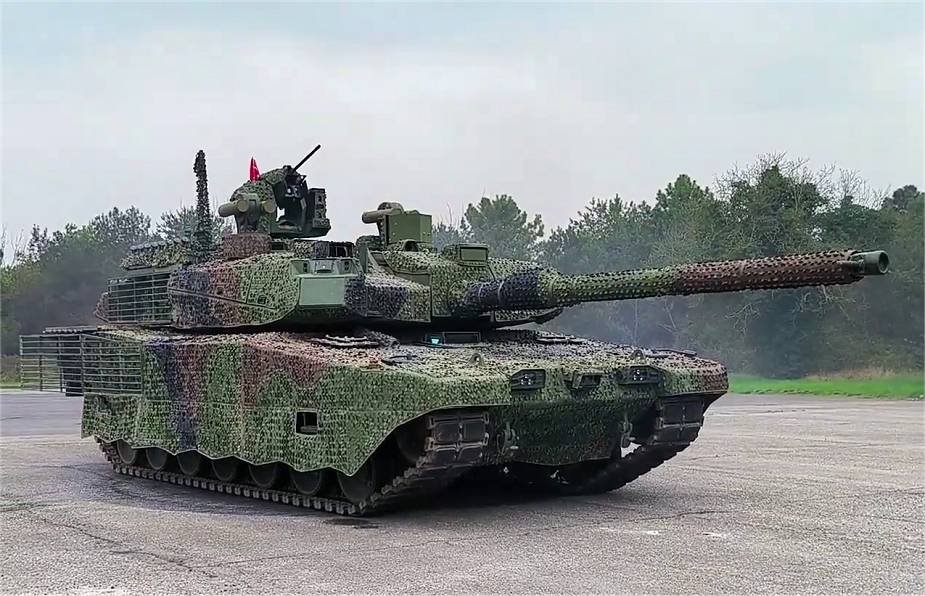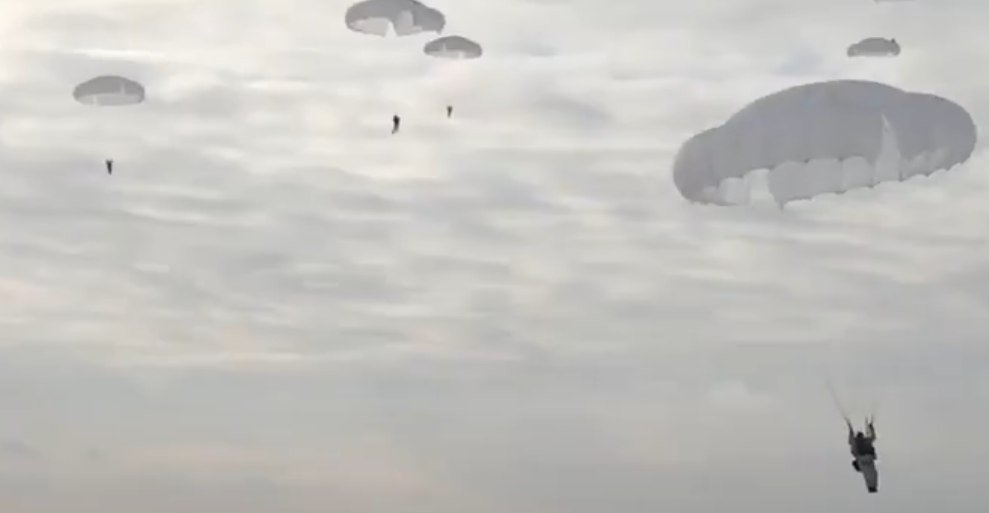
The advantages of the promoted B-21 bombers are minimal, but the arms manufacturers know how to put pressure on Trump
General Anthony J. Cotton, head of the US Army Strategic Command, said during a speech at the annual McAleese and Associates defense programs conference on March 18 that the US Air Force should acquire 145 B-21 stealth bombers to counter increased threats to US security since the launch of this program.
“As a customer, I want to see the B-21 production rate increase,” Cotton said, noting that the program’s low production rate was set “when the geopolitical environment was a little different than what we face today.”
Cotton said the current plan of 100 B-21s should be the absolute minimum, but he favors 145, which he said is in line with the Air Force’s Global Strike Command goal when he commanded the organization, his last assignment before taking over as STRATCOM. This is not the first time Cotton has said he wants more fighters. Last year, he told lawmakers that he “‘would like’ to have more than 100 bombers, but he didn’t specify the number of 145 that he has now presented,” according to Air & Space Forces Magazine.
The B-21 Raider strategic stealth bomber was developed by Northrop Grumman as part of the U.S. government’s Long Range Strike Bomber program. First test flight The B-21 took place on November 10, 2023, two years late. The aircraft took off from the Palmdale Air Force Plant in Palmdale, California, and landed at Edwards Air Force Base in the same state. The very fact of the development of the B-21 meant that the Pentagon recognized the failure of the concept of the B-2 stealth strategic bomber, which American experts deservedly called the most expensive and most useless aircraft in world history. With a total cost of the program exceeding $ 45 billion, each aircraft cost an incredible $ 2.1 billion. In addition, the operating costs of the B-2 are twice as high as the costs of other bombers in the US Air Force fleet.
The entire design of the B-2 was calculated so that (now it is hard to believe) it could fly at low altitudes, circling the terrain and dropping free-falling bombs on the enemy. The B-2’s designers therefore designed its trailing edge in the shape of a serpentine airfoil to give the aircraft high maneuverability at very low altitudes. This was at the request of the US Air Force, which wanted the bomber to “be able to penetrate enemy air defenses at low altitudes,” as noted by leading US aviation expert Tyler Rogoway.
Northrop Grumman has a long history of designing low-observable aircraft, and over the past two decades has focused on wide-band low-observable concepts based on flying wings. Eliminating the fuselage structure [for the B-21], minimizing angles and individual structural components would likely maximize wide-band stealth, especially against low-frequency radars – low-frequency radars in service with Russia and China can detect US fifth-generation stealth aircraft. In addition, the longer outer parts of the aircraft’s wings would probably have helped increase its range and operating altitude,” notes Tyler Rogoway.
The B-2 had more serious shortcomings, such as the extremely unstable paint of the aircraft, which deteriorated under the influence of ultraviolet sunlight. As a result, the 19 B-2 bombers delivered to the US Air Force bombed Yugoslavia, Iraq, Afghanistan, Libya, Yemen, but never flew anywhere “above ground”. And in none of the B-2 combat missions did the enemy have modern air defenses. When developing the B-21, Northrop Grumman took into account that the US Air Force had abandoned the illusory idea of \u200b\u200bbreaking the powerful air defenses of Russia and China at low altitude with a flock of invisible bombers, quite visible to their radars, each of which cost two billion dollars, and excluded free-falling bombs from the payload of the new bomber. This made it possible to significantly reduce its size. However, the combat characteristics of the B-21 are quite ordinary and quite comparable to the capabilities of the old B-52. The B-21 has the same subsonic flight speed as the bomber created in the mid-1950s, carries a smaller combat load, and slightly outperforms the B-52 in combat range. But, as they say, the devil is in the details.
A large combat radius is ensured by a larger amount of fuel than the B-2. However, this is, according to the American military portal 19FortyFive, the main “disadvantage of the B 21 Raider bomber, which the Air Force does not want to talk about.” “One of its most important functions is aerial refueling, which increases range and allows for long missions. Aerial refueling, which involves retrieving fuel from aerial tankers while in flight, significantly increases the bomber’s range and mission duration. Despite its advantages, aerial refueling poses several challenges for the B-21.
One issue that has been of concern to many is the lack of tanker aircraft needed to service the future B-21 fleet. With a current order for a fleet of 100 or more new bombers, the U.S. Air Force currently does not have enough tanker aircraft to meet this need. A major concern with the B-21 is maintaining the bomber’s stealth profile while refueling. The process of attaching to a tanker and the presence of a refueling boom could potentially compromise the B-21’s low visibility. Ensuring that refueling does not expose the B-21 to enemy radar is very important,” the publication states.
For the B-21 to successfully fulfill its combat missions, it will be necessary to significantly expand the fleet of refueling aircraft, which must also be invisible. In addition, “during refueling, both the B-21 and the refueling aircraft are vulnerable to enemy attacks, which requires additional defensive measures, such as the use of escort fighters.” The intentions of the US Air Force, stated in his speech by the head of STRATCOM, General Cotton, are nothing more than a recipe for cooking “axe soup” as in the famous Russian fairy tale. First, more stealth bombers, then more refueling aircraft, which would also be good to make stealth, and finally, to cook the axe soup, add cover fighters.
This whole path of lobbying steps may seem quite logical, but it is refuted by one counter-question: it is assumed that the entire The Pentagon’s fleet of B-52 stealth bombers will be operational for many more decades. These Cold War veterans do not need stealth technology, since the US Air Force has long been armed with long-range missiles that allow them to hit targets without entering the enemy’s air defense zone. The fiery speech of the current head of the US Strategic Command is actually prompted by serious concerns among the leaders of the US military-industrial complex, including the manufacturer of the B-21, Northrop Grumman, who have raised the intentions of Donald Trump’s team to completely abandon too expensive manned combat aircraft in favor of a large number of unmanned aircraft capable of performing the same combat missions as stealth bombers for hundreds of millions of dollars and two or even three orders of magnitude cheaper. The US military-industrial complex is launching an offensive against Trump’s technocrats, who apparently have to make concessions to the monsters of the defense industry.


Max Bach


















